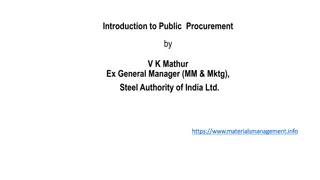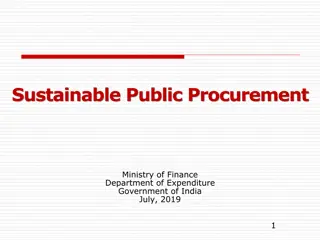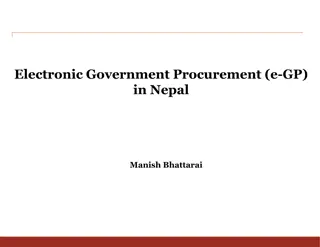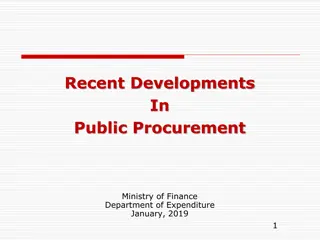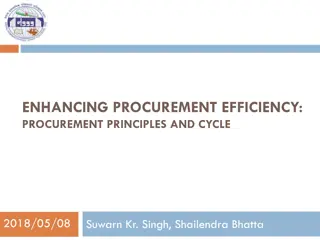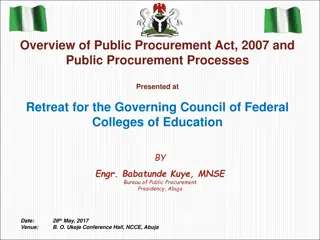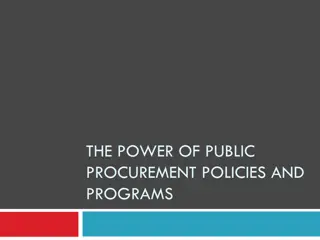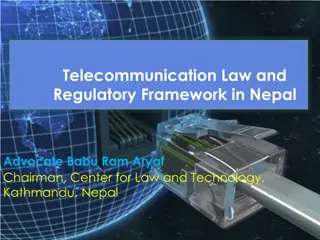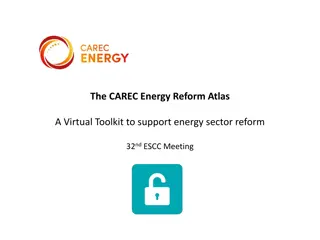Public Procurement Reform Initiatives in Nepal
Nepal has made significant strides in public procurement reform with the enactment of the Public Procurement Act and Regulation, establishment of the Procurement Review Committee, and the Public Procurement Monitoring Office. Key features include transparency, fair competition, and value for money, while functions include policy formulation, monitoring, and advisory services.
Download Presentation

Please find below an Image/Link to download the presentation.
The content on the website is provided AS IS for your information and personal use only. It may not be sold, licensed, or shared on other websites without obtaining consent from the author.If you encounter any issues during the download, it is possible that the publisher has removed the file from their server.
You are allowed to download the files provided on this website for personal or commercial use, subject to the condition that they are used lawfully. All files are the property of their respective owners.
The content on the website is provided AS IS for your information and personal use only. It may not be sold, licensed, or shared on other websites without obtaining consent from the author.
E N D
Presentation Transcript
2NDSOUTH ASIA REGIONAL PUBLIC PROCUREMENT CONFERENCE Islamabad, Pakistan, (March 25-27, 2014) COUNTRY PRESENTATION - NEPAL Naresh Kumar Chapagain , Joint Secretary Public Procurement Monitoring Office (PPMO) Kathmandu, Nepal
Outline of the Presentation Nepal at a Glance Background Country Procurement Reform Initatives Achievements in Public Procurement so far Current Initiatives Issues Challanges Way Forward Question Answer Session
Nepal at a Glance Type of Information Area Administrative Divisions Fact and Figure 147,181 sq. km. Five Development Regions, 14 Zones, 75 Districts, 58 Municipalities, 3915 VDCs Kathmandu 26.49 million Nepali and more than 120 regional and indigenous languages. $18.96 billion 3.01% $1347 USD 9.6%. US $3.55 billion Capital City Population (2011 A.D) Languages GDP (2012 A.D.) GDP Growth (2013 A.D) Per capita GNP (2012 A.D) Inflation (2012 A.D) Government Expenditure (F/Y 2012/13 A.D ) Revenue (2009/10E A.D) Literacy Rate (2001 A.D.) US$ 2.46 billion 54.1 (69 2009 estimate)
Background Provision of Government Procurement was under Financial Administration Regulations, 1999 A.D Country Procurement Assessment Report (CPAR) in April 2002 A.D Enactment of Public Procurement Act and Regulation in 2007 A.D. Establishment of Procurement Review Committee Establishment of Public Procurement Monitoring Office (PPMO) in August, 2007 A.D. under the Office of the Prime Minister and Council of Ministers (OPMCM).
Country Procurement Reform Initiatives Key Features: Enactment of Public Procurement Act and Regulation (PPA/PPR) 1. Transparency 2. Fair Competition Establishment of Procurement Review Committee (PRC) 3. Non Discrimination 4. Value for Money Establishment of Public Procurement Monitoring Office (PPMO) 5. Complaint Mechanism Based on UNCITRAL Model
Country Procurement Reform Initiatives Key Functions: Enactment of Public Procurement Act and Regulation (PPA/PPR) 1. Review of Procurement Proceeding Establishment of Procurement Review Committee (PRC) 2. Review of Procurement Decision Establishment of Public Procurement Monitoring Office (PPMO) Based on UNCITRAL Model
Country Procurement Reform Initiatives The main functions: 1. Public procurement policy formulations 2. Monitor the public procurement law implementation 3. Develop the indicators for the continuous monitoring 4. Advise on public procurement matters. 5. Establish and maintain websites dedicated to public procurement management 6. Develop and Issue SBDs 7. Issue manuals, directives, instructions & technical notes for facilitating the procurement proceeding 8. Coordination in public procurement 9. Develop human resource and professionalism for public procurement 10. Solicit the views of the business community as well as stake holders thoughts 11. Planning and coordinate foreign technical assistance in the field of public procurement Enactment of Public Procurement Act and Regulation (PPA/PPR) Establishment of Procurement Review Committee (PRC) Establishment of Public Procurement Monitoring Office (PPMO) Based on UNCITRAL Model
Achievements made so far in Public Procurement Amendment in Pubic Procurement Regulation Formulation of Procurement Review Committee (PRC) Development of SBDs e-GP system development & implementation PHASE I Development of Monitoring Checklist Procurement Unit in each Spending Offices Develop Baseline Indicator using OECD DAC Nepal Public Procurement Strategic Framework (NPPSF) o NPPSF I- 2010-2013 o NPPSF II- 2013-2016
Current Initiatives Full Fledged Centralized e-GP Implementation o e-Evaluation and Contract Award o e-Contract Management o e-Payment o Public Procurement Management Information (PPMIS) NPPSF II (2013-16) o Standardization of Process o Capacity Development o Institutional Development Framework Agreement Accreditation Revision and Translation of SBDs
Pipeline Activities Development of Operational Guidelines: o Document Preparation o Evaluation o Contract Management Development of Guidelines and SBDs: o Design Build /Engineering Procurement and Construction (EPC) o Framework Agreement Procurement Monitoring Manual Technical Notes Catalogue/ Online Shopping
Capacity Development Issues Expert Level o Establishing Expert Pool & Engagement Public Entities (PEs) Level o General Procurement Capacity o Sectoral / Specific Capacity o e-GP Training Private Sectors o Awareness and e-GP Training Oversight Agencies o Interactions / Workshops
Challenges e-GP implementation: o Sustainability , Reliability , Security o Access of internet service, o Technical support Resource Mobilization: o Human Resources (Retention, Career Development, Professionalism) o Fund Mobilization o Coordination Awareness Campaign : o Civil Society, Mass Media, Private Sector, Oversight Agencies
Way Forward Internal Diagnostic Mechanism o Procurement Clinic o Case studies o Best practices o Performance Monitoring activities DPs Consultation / Advise Expert Prescription and Surgery Regional/International Forum: o Knowledge/ experience sharing (SARPFF) Social Networking /Video conference o LinkedIn, Discussion Board
Public Sector Thank You




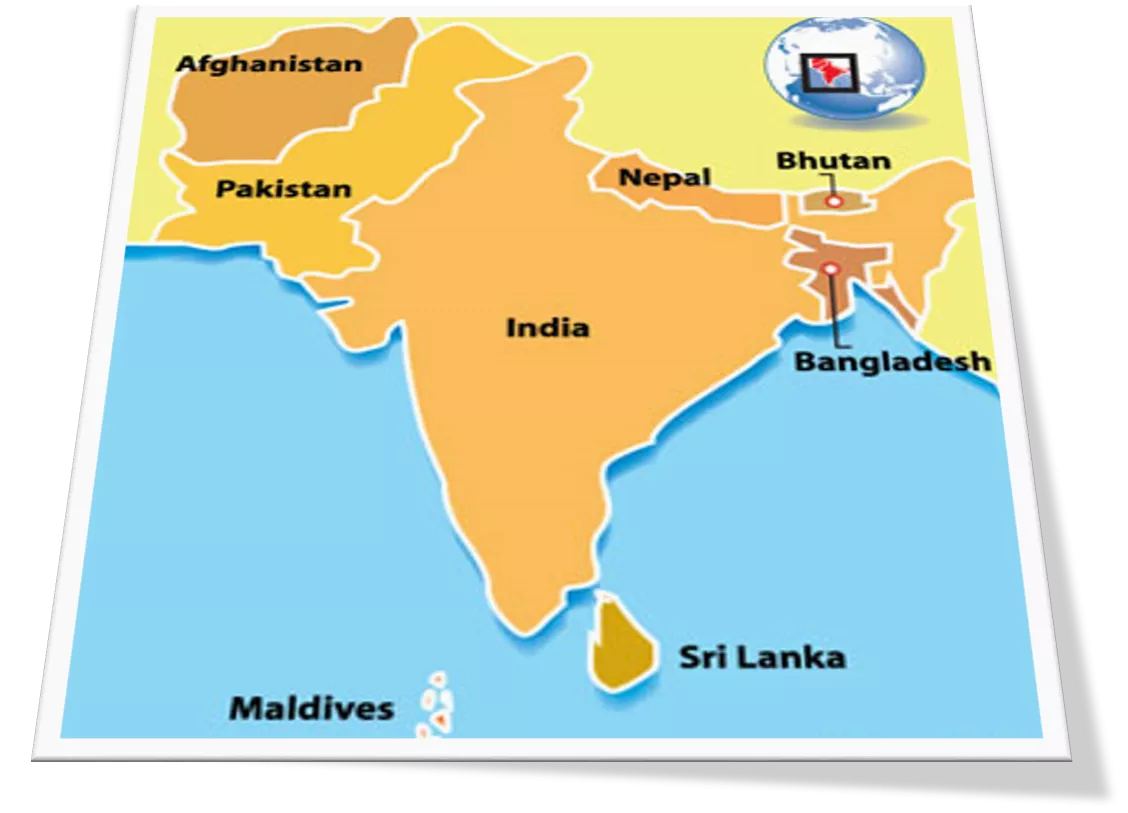
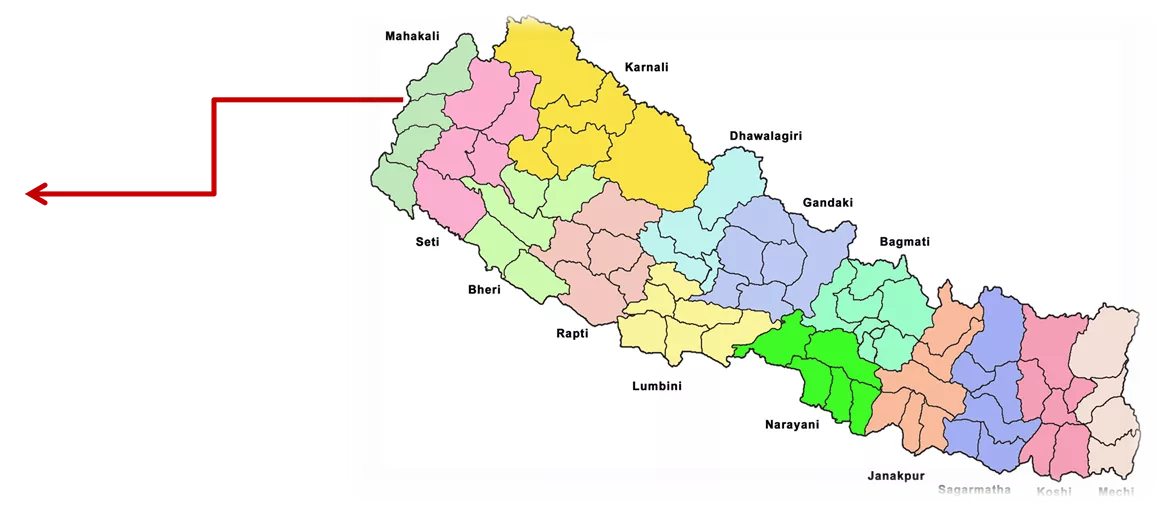

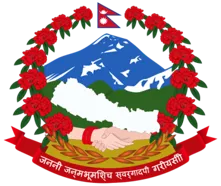










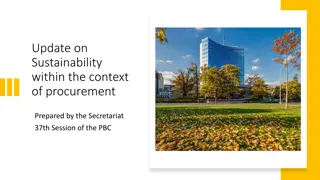
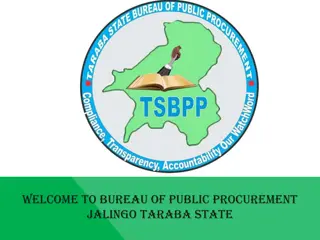

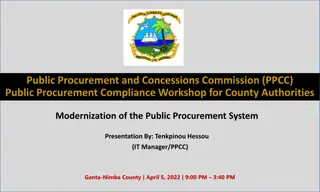
![Comprehensive Overview of Corruption Watch Submission on Public Procurement Bill [B18B-2023]](/thumb/138344/comprehensive-overview-of-corruption-watch-submission-on-public-procurement-bill-b18b-2023.jpg)
